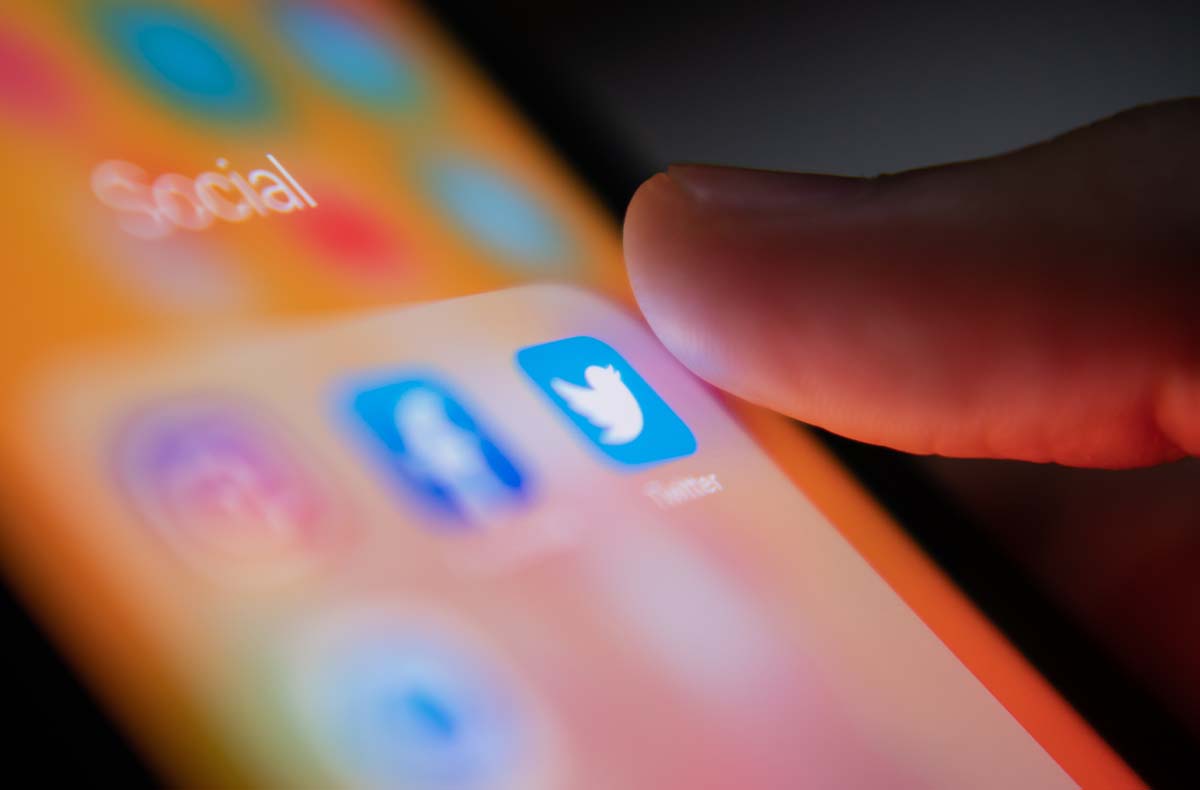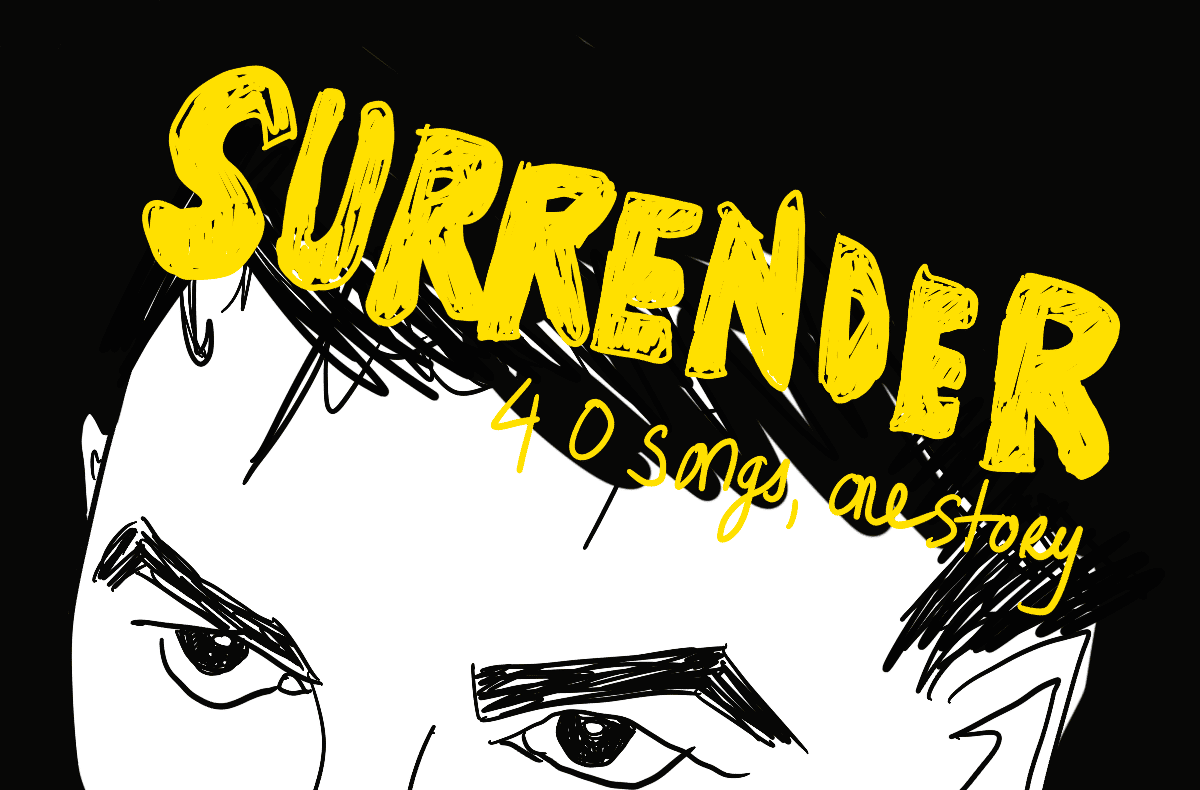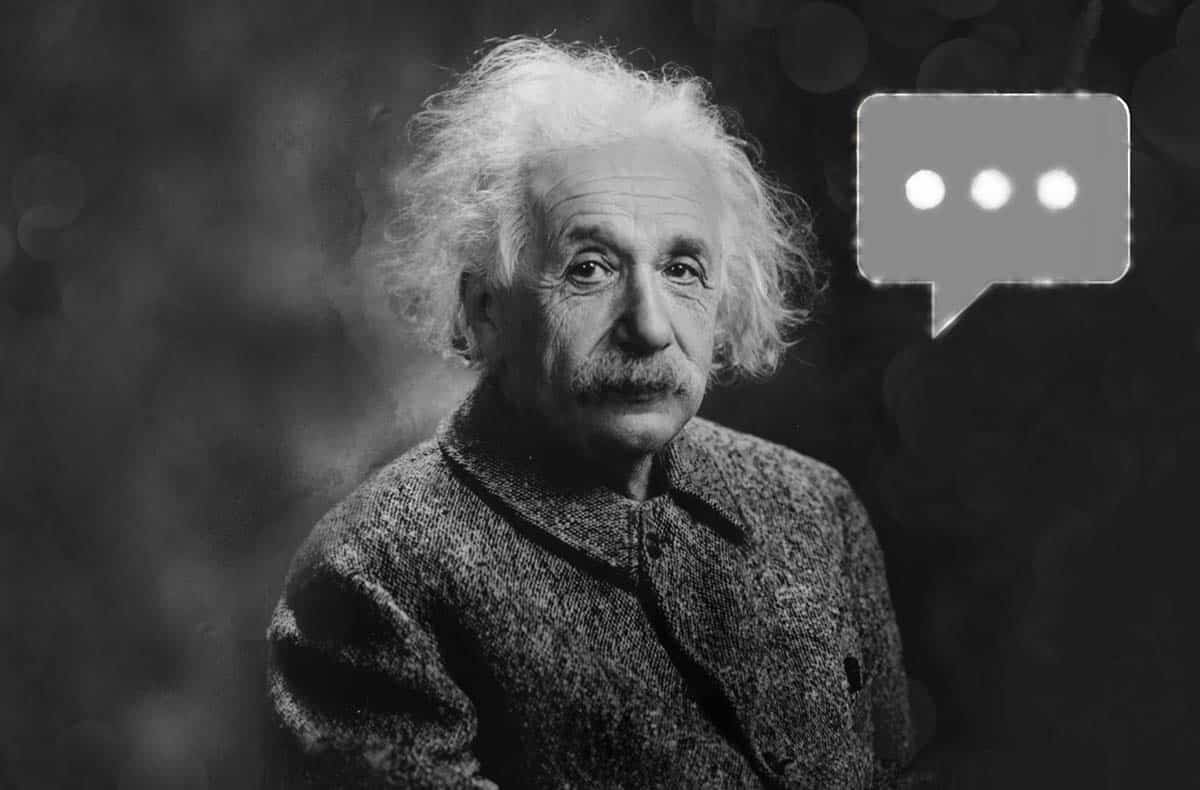
For three teenagers on a secret mission, the school photocopier was making far too much noise. My spotty pals caught the sheets as they fell, stapling furiously, trying to get finished before the end of sports day.
We made it, and distributed our inky samizdat after assembly the next morning. Thankfully, I can recall no prose details. But the general tone was satirical—mostly mocking the speech and habits of teachers, in cartoons and puns. Maybe some post-punk records were reviewed. A Monty-Python-esque fantasy or two.
But the thrill of publication! And alongside that, the sense that our wee mag was expressing our wee pupils’ world. One that was often silenced (at the end of a leather “tawse,” or belt) in the late-70s Scottish educational system of my youth.
I recall that story as the obvious starting-point of my media career. But it also came forcibly to mind during Elon Musk’s Twitter acquisition. Of course, major questions have been raised here. About “free speech,” its definition and priority. The overlap of the super-rich and media platforms, the purchase of which secures their power even more.
But follow Musk’s own tweets, for any length of time, and the schoolkid’s buzz for irreverent self-publishing is right in your ear. This is my literal first search, from 28th April: “Next I’m buying Coca Cola to put the cocaine back in.” A few days before that, Musk posts a picture of a paunchy Bill Gates sat alongside an emoji for a pregnant man: “in case u need to lose a boner fast.”
Even these might not have made the cut, in my xeroxing days at St. Ambrose High School, Coatbridge, Scotland. But Musk clearly is modelling the Voltairean, insult-and-be-insulted behaviour that he thinks a social media platform should exemplify.
This is a backwards move, in a game that many thought had begun to settle. Tristan Harris and the tech critics around the Netflix documentary The Social Dilemma—as well as the impact of Trump’s Twitter wars, and Facebook’s susceptibility to political operators—had begun to deeply shift the argument.
The new common sense was: social media makes money from designing for, and thus fomenting, social polarisation. Their practices were as knowingly toxic, unhealthy and addictive as the cigarette industries of an earlier era. As Harris put it in a recent podcast, Twitter is “a civil-war-for-profit machine…a fault-line-finding-for-profit machine.”
The Capitol’s storming—and for that matter, #BLM and #MeToo—were the traumatic spectacles that drove Twitter, and other platforms, to increase monitoring, regulation and exclusion. In this climate, rules about online hate speech and pornography have tightened considerably in the UK and the EU.
Yet despite Musk’s multi-billion dollar antics, he does highlight two big issues. How else could something like Twitter be designed, to serve as any kind of helpful “public square” of voices and conversations, just when we need them to be at their richest? And secondly, how do we deal with the emotions (and adult development) we bring to these platforms?
The Social Dilemma people address the design question with the loftiest idealism. In the podcast, Harris invokes his recent watching of Star Trek movies—“how did they organize their information spaces to get to this point where they could travel the universe and the stars?” I guess this is an attempt to tickle Musk’s SF underbelly.
But Harris later makes a more practical point. “Currently we have a noise and cacophony machine. What would it look like to have the listening machine? The machine that helps us listen to each other, to actually be transformed by each other’s ideas?”
There have been grassroots attempts at exactly this (see the millions that follow the Reddit page Change My View). Is Musk the man to stretch for this goal? The vindictive, combative tone of much of his own tweeting (which Robert Reich maps out here) suggests not.
But if Twitter under Muskian influence does return to the old aggressiveness—particularly if Trump is reinstated—then some new space for a more humane, more joyful social media experience/brand may really open up. (Arguably, this already accounts for the success of TikTok and Instagram: visually emphasizing our bodies, their performances and preferences, instead of squeezing the furies of the age into 280 characters).
Which finally brings me to the emotional impetus of all this. When you try alternative social media debate spaces—like Mastodon or Telegram—you can feel the absence of the electric charge that suffuses Twitter.
We shouldn’t underestimate the excitement and attraction of “micro-publishing” (which is what social media was called in days of yore). The blue ticks and the egg icons, all on the same apparent playing field, all equally quote-tweetable. Intoxicating.
It may—indeed does—cause chaos. But as a former inky squirt from St. Ambrose High School, furiously stapling my zines, I do understand what Musk wants from Twitter.



